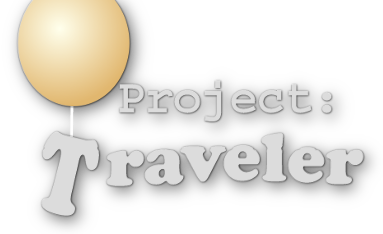Balloon flight predictions can aid greatly in giving a general idea of what the balloon is going to do once it is turned loose. This information can help a go/no-go decision by giving some indication of how far the capsule will travel, and where it may land. The predictions are by no means absolute, but our first predicted landing spot was within two miles of the actual touch-down point -- 118 miles from the launching point!
All of the Information to predict a balloon's flight can be gathered from the Internet. The first step is to download some software which will interpret winds aloft sounding data. Currently, the most well known software is called Balloon Track (balltrack) and can be downloaded for free from Edge of Space Sciences website.
Before going any further, spend some time with the Balloon Track software and get to know its interface. Once you are comfortable with Balloon Track, you are now ready to download some winds aloft data from the Internet. Mark Conner, N9XTN very graciously shared a website that he uses for winds data.
- Long and Short Range Forecasts - This site includes forecasts up to 384 hours in advance. Select the GFS model that fits the current time frame.
Instructions
- To obtain a forecast from either site, go to the page and enter HUT (the abbreviation for Hutchinson, KS) in the WMO code for the city and click the Continue button.
- From the Sounding drop-down list box, select either one of the GFS models depending on the forecasting range required (up to 384 hours), or select 'Aviation Model (AVN 191 km Global)' to get forecasts up to 84 hours in advance.
- Now chose the time for the forecast (remember, these are in UTC time), and then select the Text Only listing radio button. Click the Submit button to return the sounding report.
- When the next page comes up in the browser, it should look like a spreadsheet with a bunch of numbers all over it. Save this page as a text file to your hard drive.
- Finally, in Balloon Track, open the sounding report.
These instructions are by no means comprehensive, they just happen to reflect what we have found or been told. Again, thanks to Mark for his assistance in getting us to this point.
